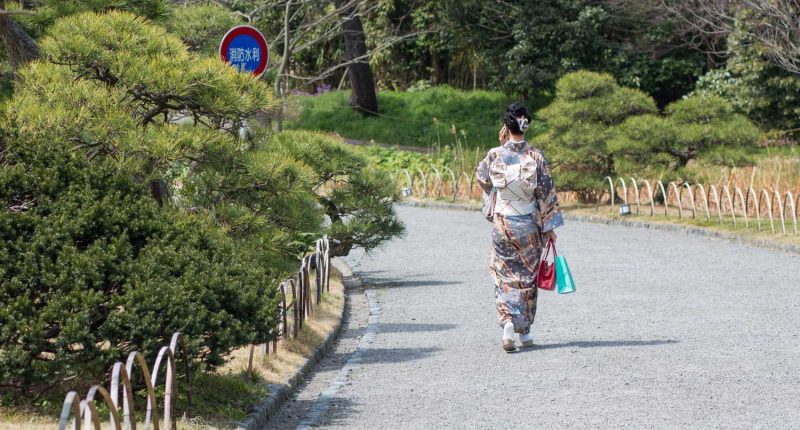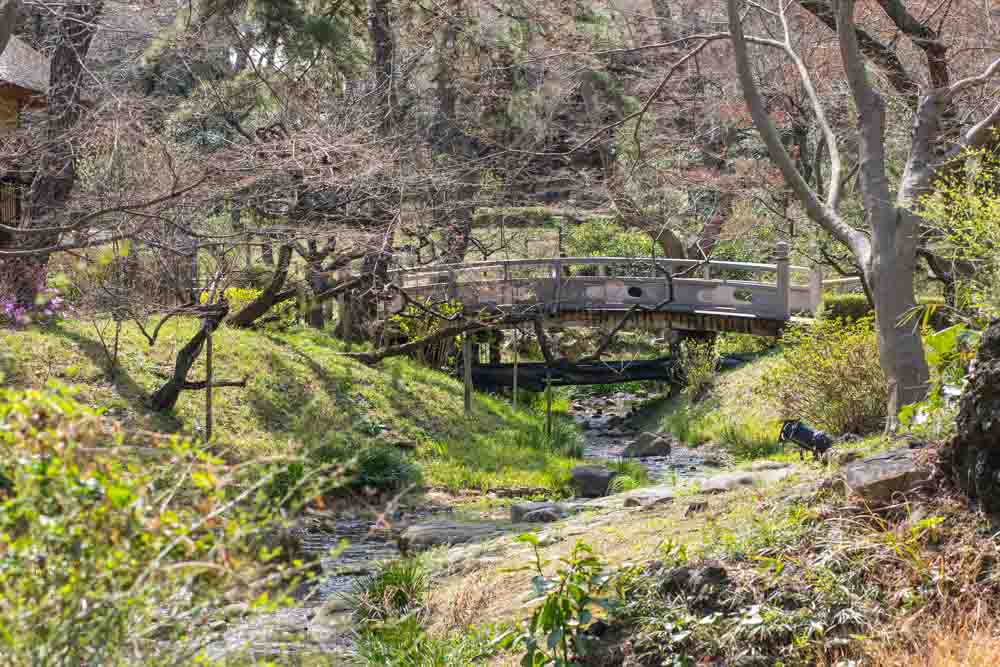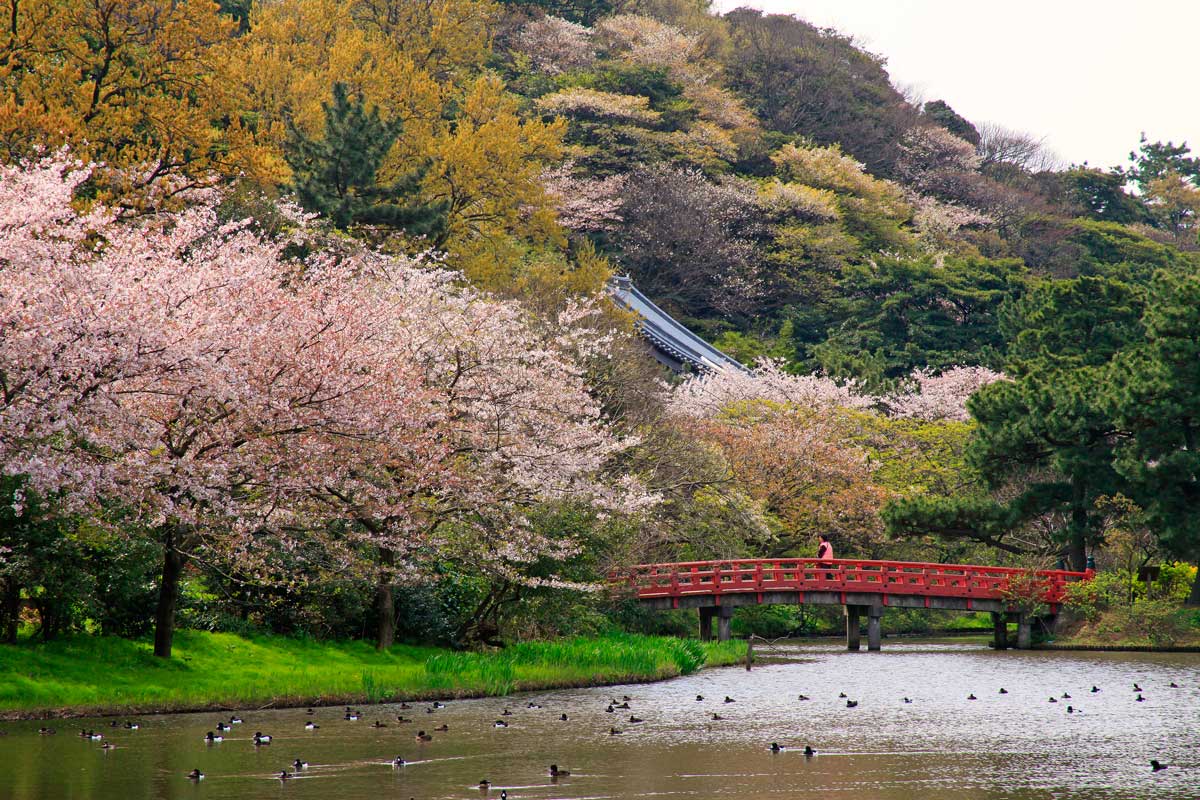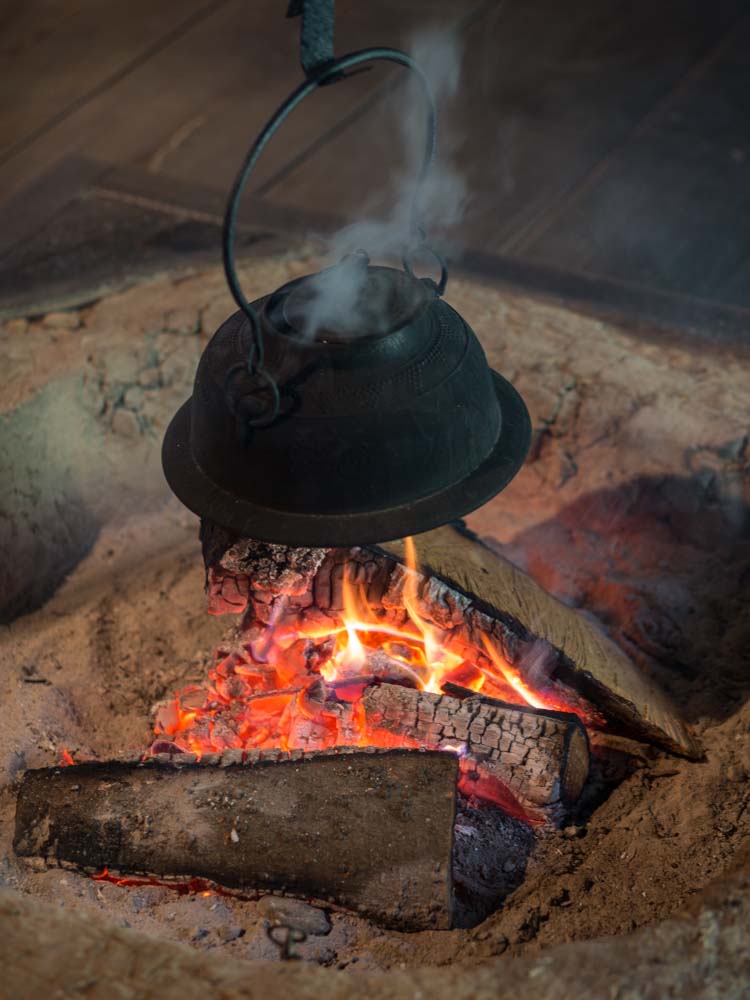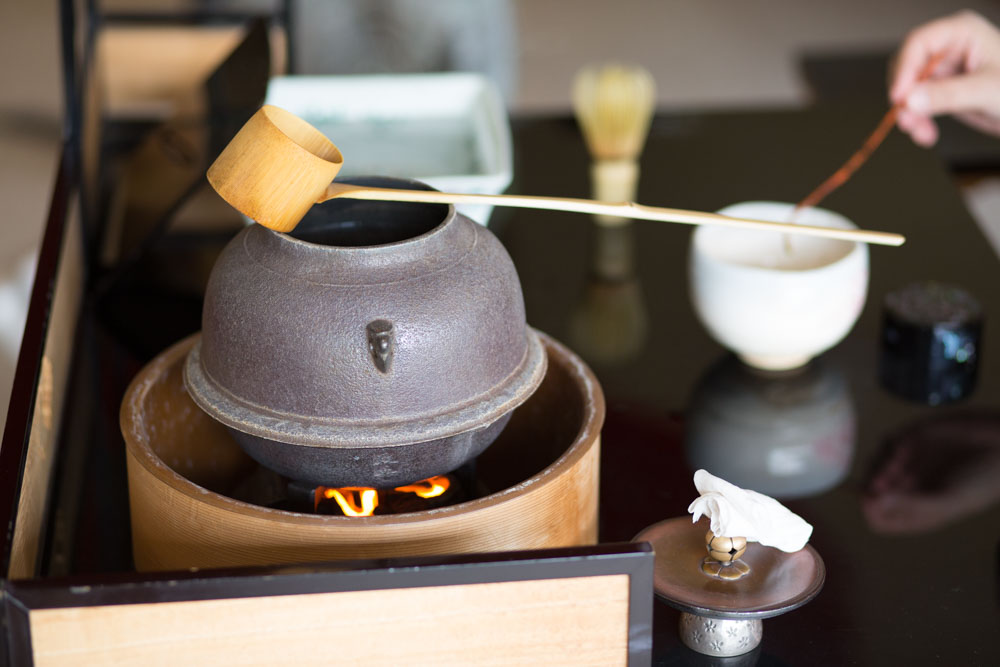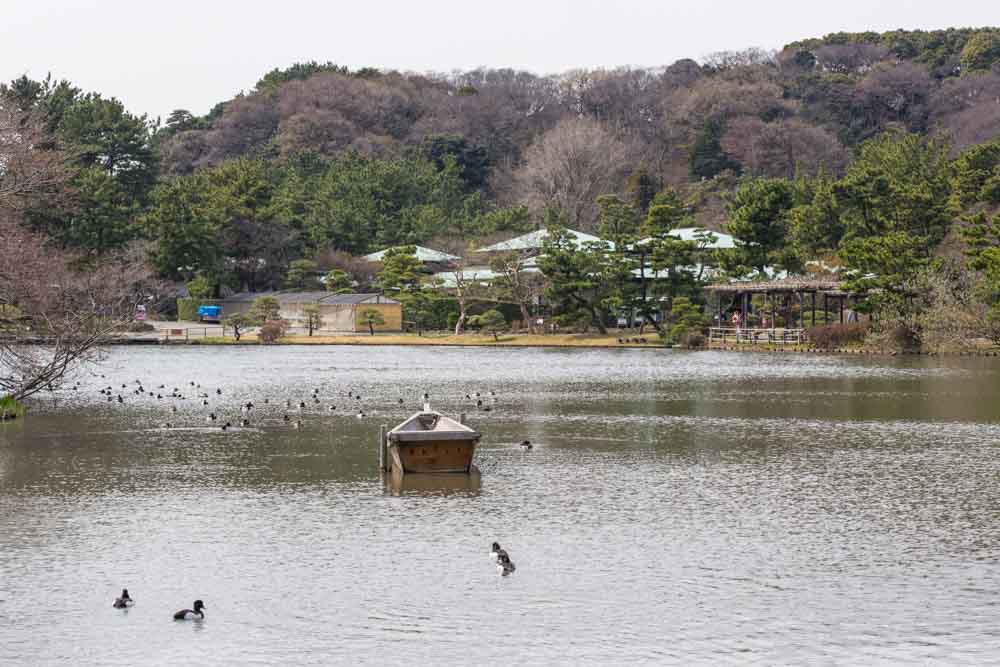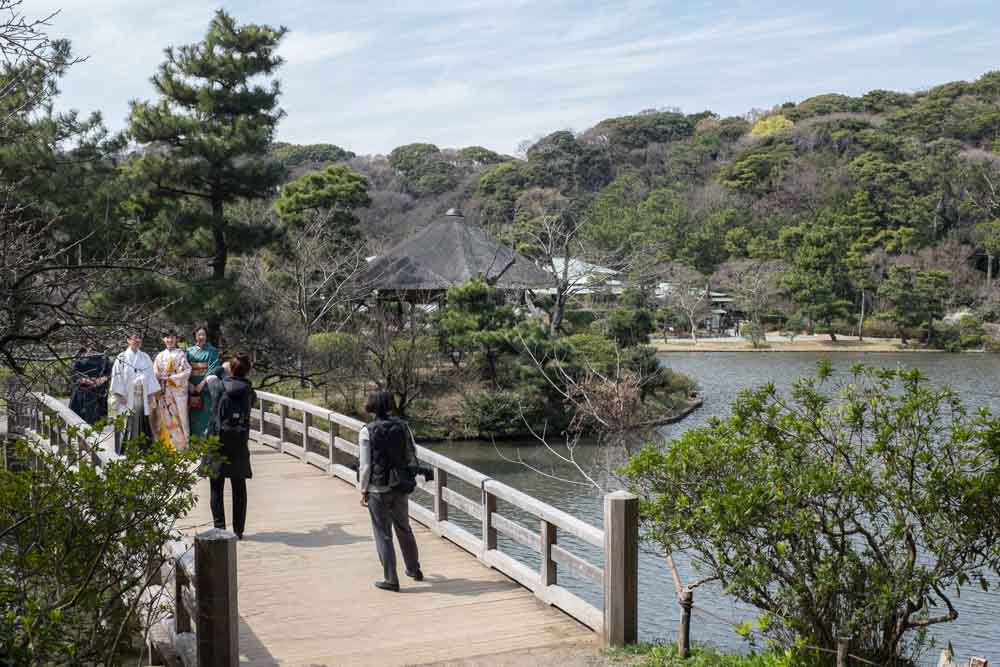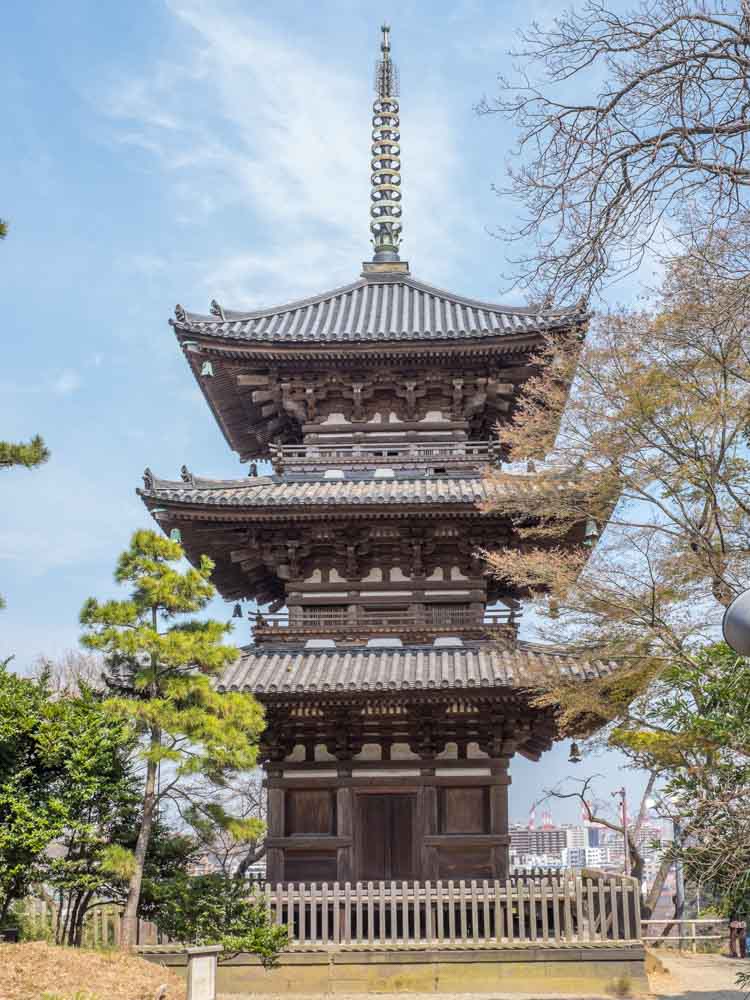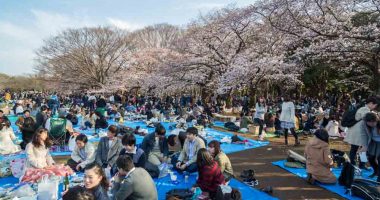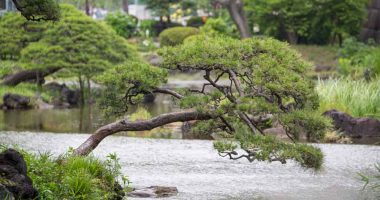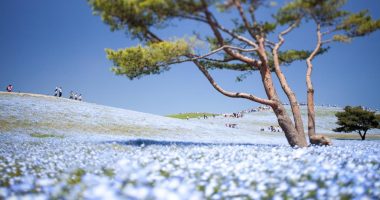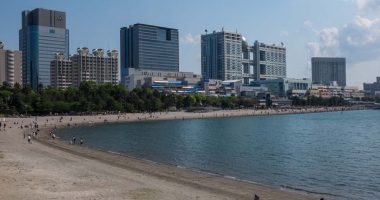Sankeien (三渓園) is a beautiful Japanese garden which preserves 17 important cultural buildings moved from other areas of the country. The garden was designed and landscaped by a wealthy silk businessman by the name of Hara Sankei, and took 20 years to complete after work began in 1902. Sankeien consist of two areas: the inner garden and outer garden. From 1906 the outer garden was open to the public and the inner garden was used as Sankei’s private home, but now both sections can be entered. There is also a Sankei Memorial Museum and traditional restaurants dotted around the grounds. Sankeien is well worth visiting anytime of the year, but is especially popular in the autumn when the leaves turn red.
Location
Sankeien Garden, 58-1 Honmokusannotani, Naka Ward, Yokohama, Kanagawa 231-0824« Google Maps »
Getting there
A 10-minute bus ride from Negishi Station on the JR Negishi Line. From platform 1, take the municipal bus 58, 99, or 101 and alight at Honmoku (the garden is a 10-minute walk from there). From JR Yokohama Station take municipal bus 8 or 148 from platform 2 and alight at Sankeien-iriguchi (about a 35-minute ride), from which the garden is a 5-minute walk. If all that seems like a bit too much hassle just head to Negishi Station and jump in a taxi (under ¥1,000).
Details
Every day, 9:00-17:00
Adults ¥700, children ¥200
